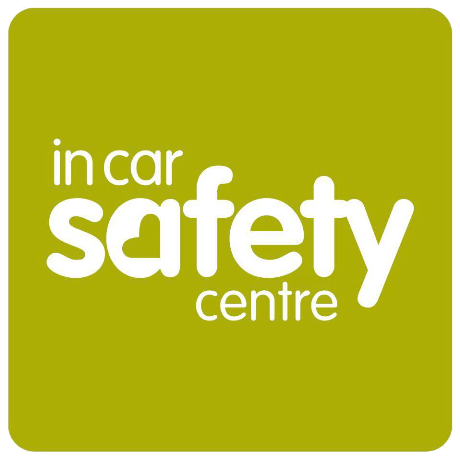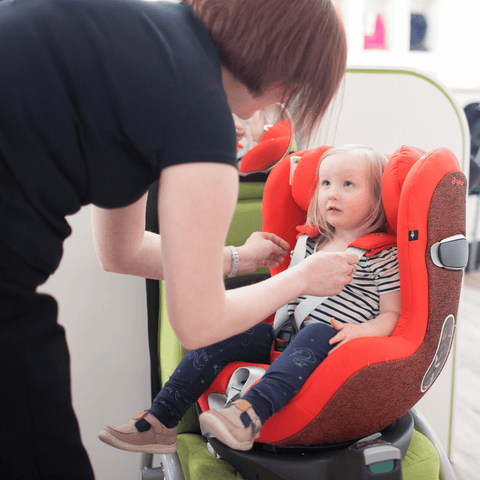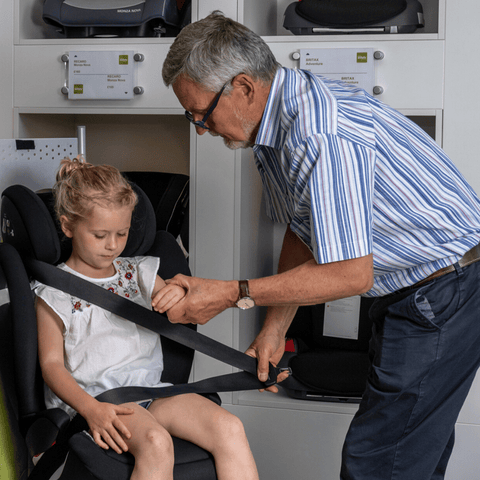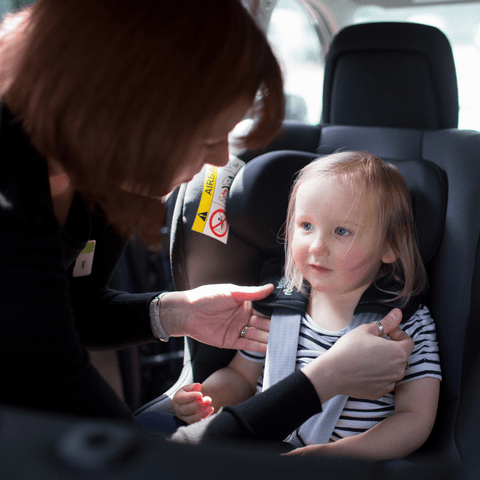
Counterfeit and poor performing seats have been in the news of late.
Perhaps we should not be surprised that counterfeit seats exist, they have done so for decades. What is so disconcerting about this, is that people are prepared to put profit before the lives of vulnerable children and fragile babies.
I believe it is true to say, that many of seats sold in the UK and Ireland, exceed the European Standards laid down for these products. This over achievement, has been brought about by the consumer and the consumers champions.
It remains the case that there are counterfeit children’s car seat on the market and there have been unscrupulous manufacturers who have turned a blind eye to the known potential consequences which could well be devastating.
As a company, In Car Safety Centre attends the European and UK Nursery trade shows, to view and assess new products. There are many seats on show that do not meet the European standards. These products may well find their way through unscrupulous third parties, to the mail order market.
So how might you tell whether a seat is counterfeit or below standard. It is very difficult. Probably the safest way is to purchase through a retailer who in turn purchases directly from the manufacturer and not a distributor.
Regulations state that only EU-approved child car seats can be used in the UK. Approved seats carry a clear orange label with the codes ECE R44-03, ECE R44-04 or ECE R129 to indicate they have been put through EU safety testing and can therefore be legally sold on the UK market.
Explanation of the ECE-label
1. Indicates for which category the child seat has been approved. 2. Indicates for which Group by weight the seat is approved. 3. "Y" shows that this child seat has a 5-point harness system with crotch strap 4. European Approval indicator 5. Indicates the country in which the approval was obtained (1=Germany, 2=France, 3=Italy, 4=the Netherlands etc.) 6. Approval number. The first two numbers show to which version ECE R 44 the child seat has been approved in this case ECE R 44/04. It is the same for ECE R129 to. 7. Is the ‘control’ number allocated to a specific seat.
The more sophisticated counterfeiters may come up with something that is ‘cut and pasted’ to look the same as this, but it will not be genuine. Britax, the manufacturer of the seat displayed on this label, will be able to trace back from the control number (7) all the components used in the manufacture of this seat.
The physical differences between ‘genuine’ and counterfeit seats, may be difficult to see. Cheap plastics perform in different ways, probably cracking through use. They won’t have the energy absorbing characteristics exhibited in high performing seats. Cheap materials used for making the covers may contain toxic chemicals. Cheap metal work may simply rust or crack.
Sometimes the best giveaway is the instructions. The use of the local language may not read as it might. Poor translation, inappropriate words used. Almost definitely there will be no YouTube video showing how to fit the seat!
These products will find their way into the second-hand market, along with seats that have been involved in recalls, been in an accident, don’t comply to current regulations etc.
The best advice we may offer is don’t buy second-hand seats. When buying online be sure to buy from a known supplier, manufacturer or retailer. If you buy from a distributor, check the source of the seats.
The integrity of the seat you purchase may be the difference between life and death.
We would advise being even more vigilant now with the recent closure of Mothercare as people may claim they are selling old Mothercare stock.
For further advice please contact us at the In Car Safety Centre incarsafetycentre.co.uk




